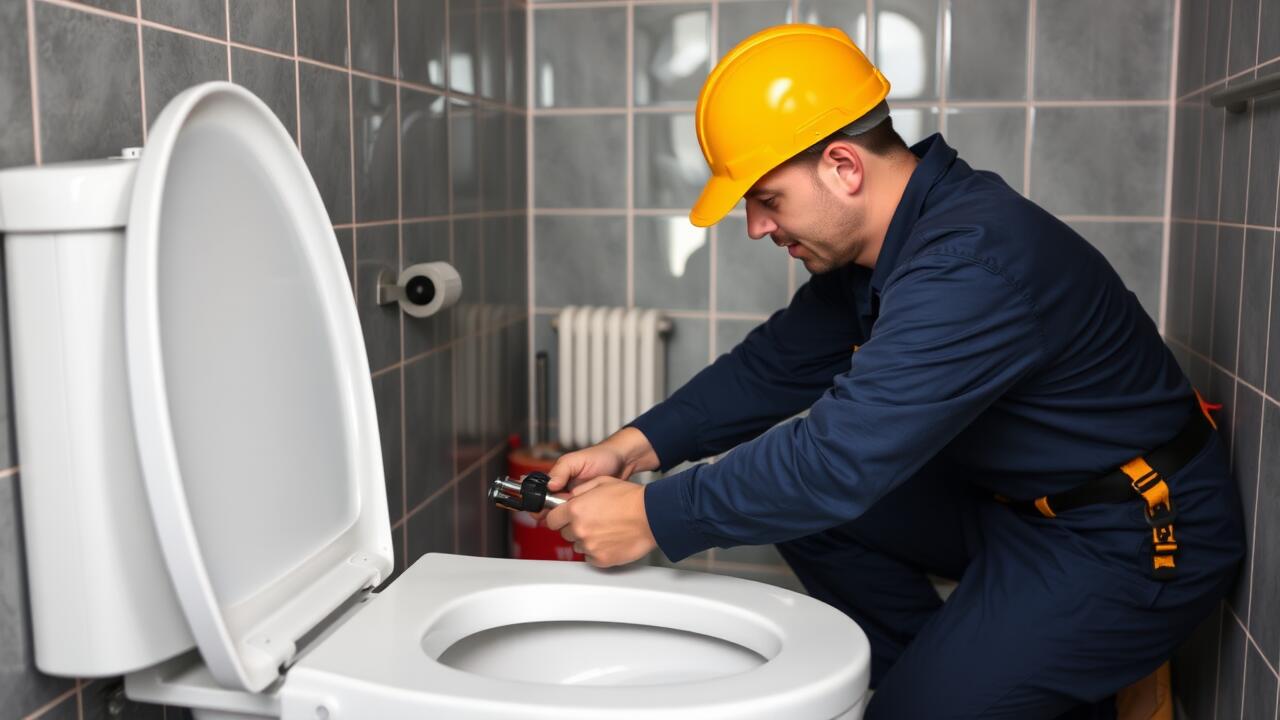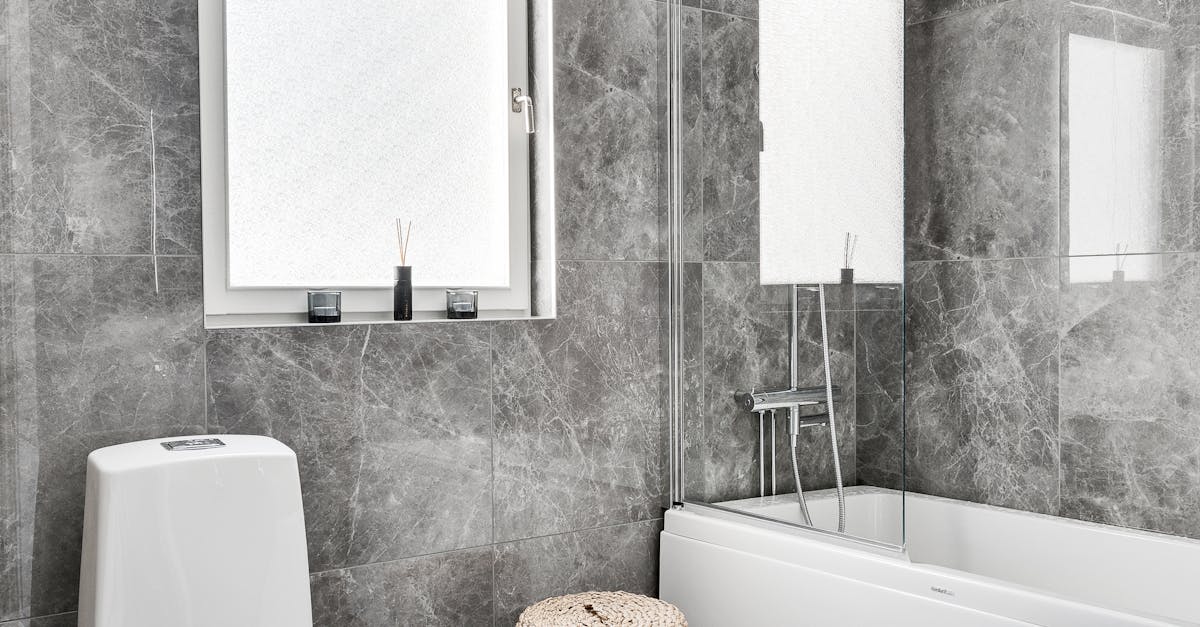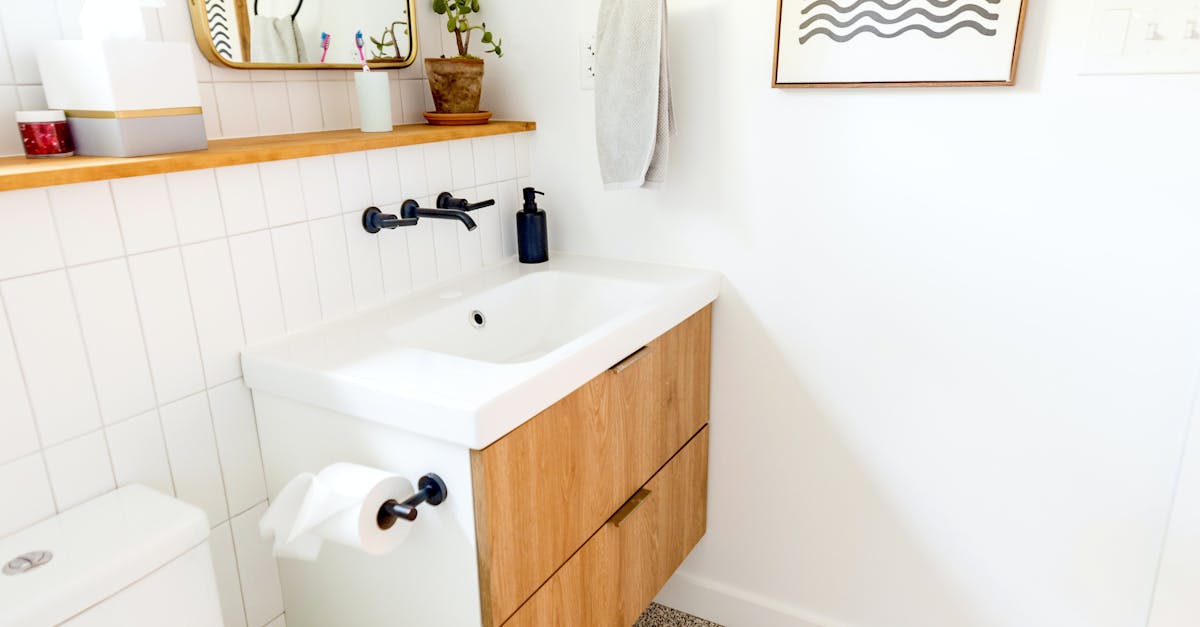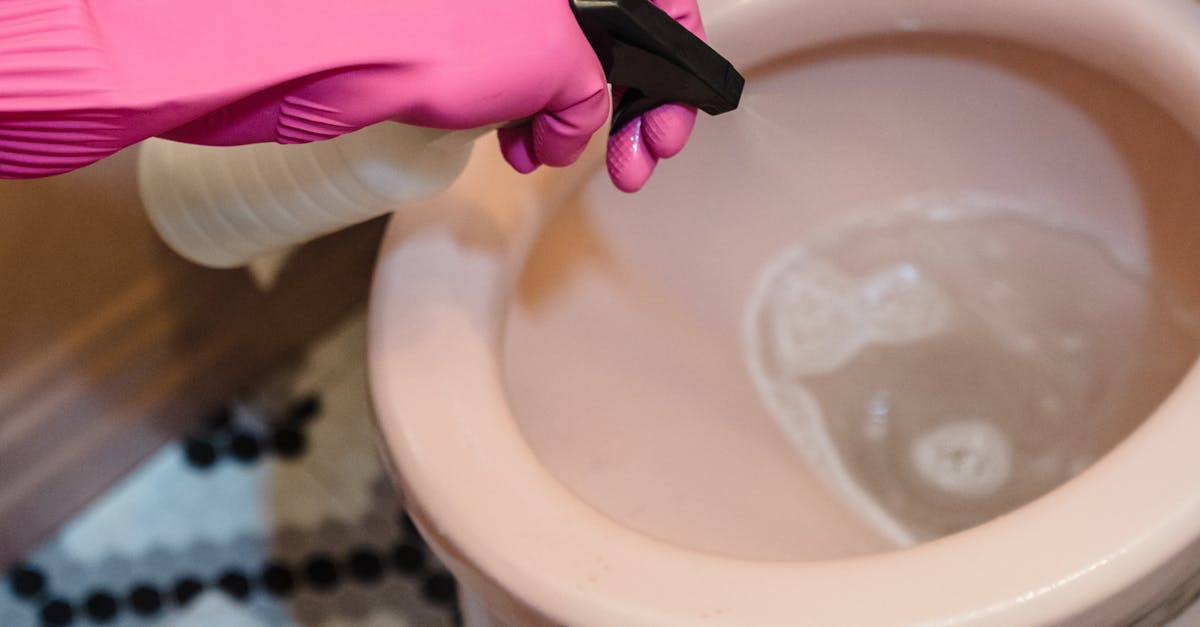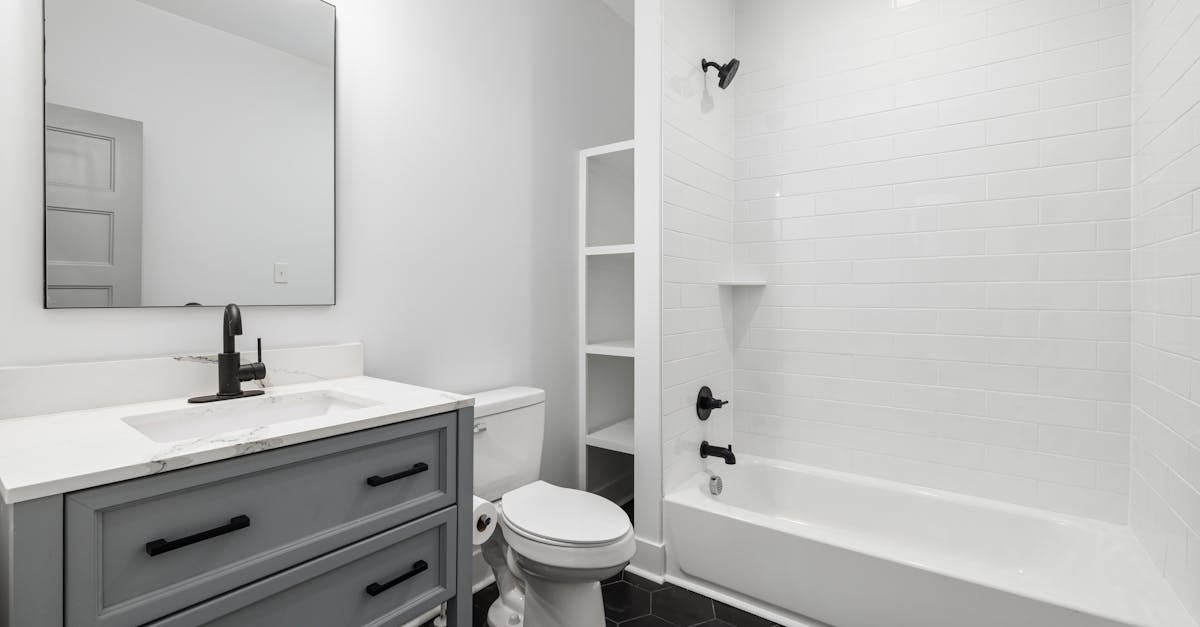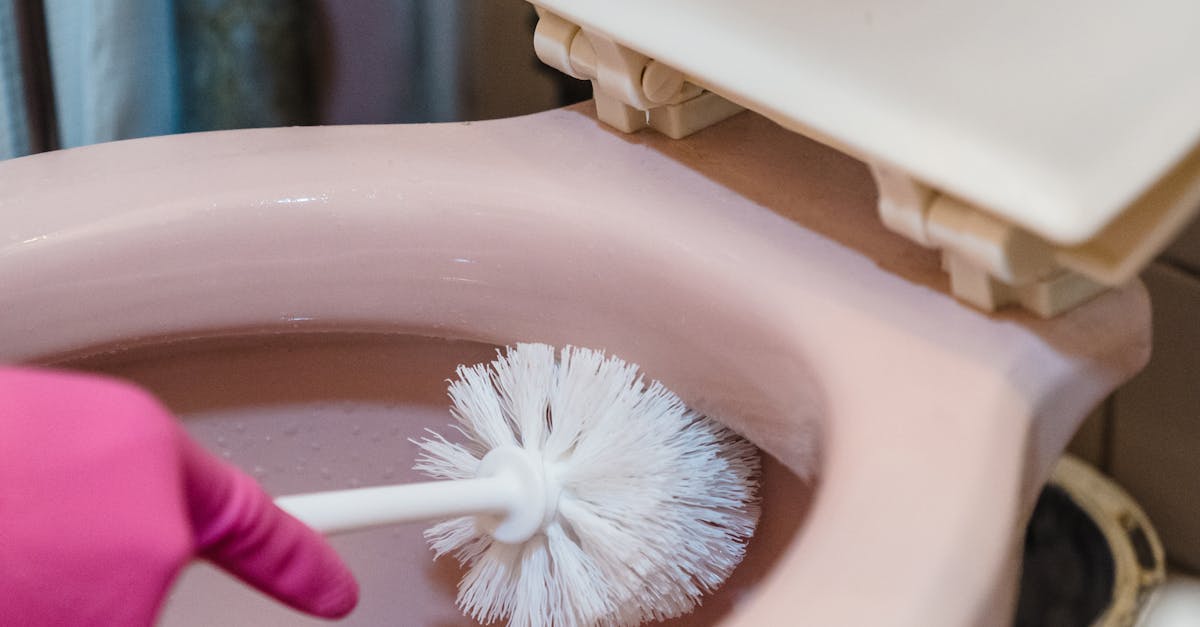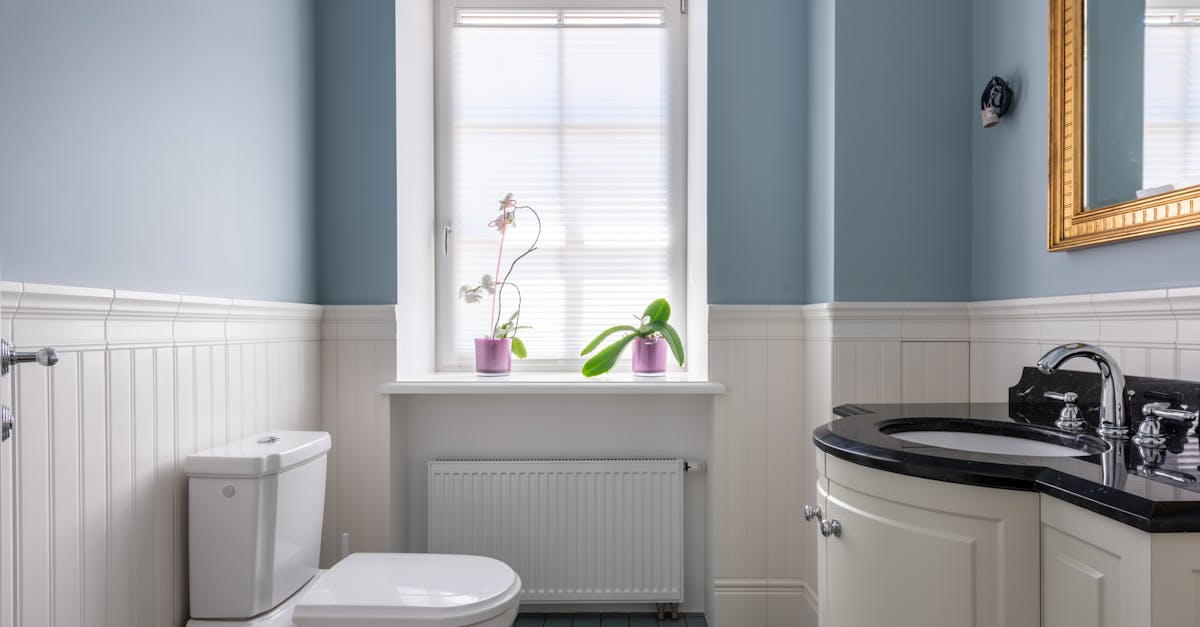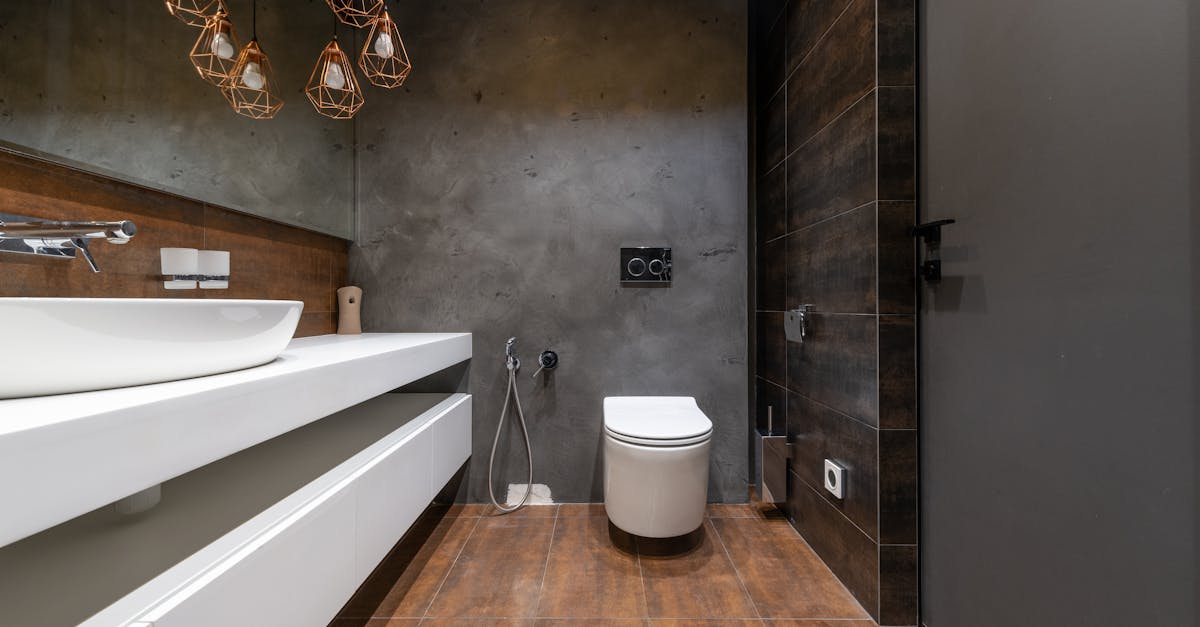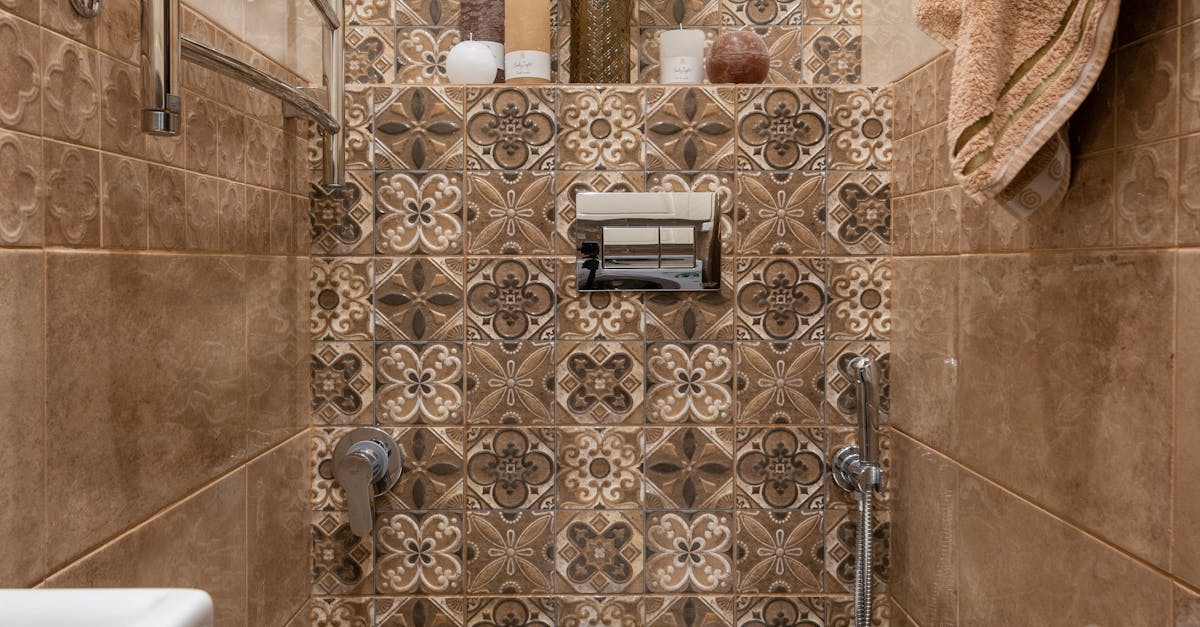
Table Of Contents
Inspecting the Toilet Tank
Checking the toilet tank is essential in diagnosing a flushing issue. The components inside the tank are crucial for the proper function of the flush mechanism. Inspect the flapper valve, which can wear out over time and may not lift fully during a flush. This can lead to inadequate water flow into the bowl. Also, observe the fill valve for any signs of damage. If this part is not functioning correctly, it might hinder the tank from refilling properly after a flush, necessitating toilet repairs.
Water levels in the tank play a significant role in flushing performance. The tank should be filled to the recommended level, usually indicated by a mark inside. If it is too low, there won't be enough water to create the necessary force for an effective flush. Adjusting the float can help regulate the water level. If these adjustments do not improve the situation, further investigation into other components may be required to ensure effective toilet repairs.
Tank Water Levels and Adjustments
Proper water levels in the toilet tank are crucial for effective flushing. If the water level is too low, it may not provide enough force to push the contents of the bowl down during a flush. This can lead to a situation where the toilet doesn’t flush properly even though it’s not clogged. Checking the water level should be one of the first steps in troubleshooting this issue.
Adjustments can be made to the float mechanism to ensure the tank fills to the correct level. Most toilet models have a simple adjustment screw or a floating ball that can be repositioned. If these adjustments don’t resolve the issue, further inspection may be necessary. Regular maintenance and toilet repairs might become essential if the problem persists, ensuring that all components operate smoothly.
The Role of the Toilet Bowl
The toilet bowl plays a crucial role in the flushing mechanism. It is designed to hold water and create a siphoning effect during a flush, helping to move waste away efficiently. If the bowl is not filling properly or if there are obstructions in the rim holes, these factors can inhibit effective flushing. Understanding how your toilet bowl operates is vital in diagnosing issues that may arise, particularly those that lead to ineffective waste removal. Regular inspection and maintenance can prevent more significant problems, saving time and costs in toilet repairs.
Bowl design is also a key factor in flushing efficiency. Standard toilets may vary in shape and volume, influencing how well they manage waste. Older models might not possess the same flushing power found in newer, more efficient designs. Even minor issues, such as wear and tear or mineral buildup in the bowl, can compromise function. Regular cleaning and careful monitoring for signs of deterioration are essential steps to ensure optimal performance. When addressing any inconsistencies, it may be beneficial to consider professional advice, especially when it comes to preventing the need for extensive toilet repairs.
Bowl Design and Flushing Efficiency
The design of the toilet bowl plays a crucial role in its flushing efficiency. Different bowl shapes and sizes can affect how water is distributed during a flush. A well-designed bowl needs to promote a smooth flow of water to carry waste effectively while ensuring minimal residual buildup. If the bowl design is outdated or inefficient, it may not perform optimally, leading to poor flushing and ultimately requiring toilet repairs.
Another key factor in flushing efficiency is the bowl’s siphon action. Modern toilets often utilise a siphonic flush, which relies on gravity and the shape of the bowl to create a powerful suction effect. If the bowl does not create sufficient siphoning, waste can remain in the bowl even after attempted flushes. This inefficiency can necessitate further investigation or toilet repairs to restore proper function and ensure a reliable flushing experience.
Examining the Flush Handle
A malfunctioning flush handle can prevent your toilet from flushing properly, even when it isn’t clogged. If the handle feels loose or stiff, it may not engage the internal mechanisms of the toilet effectively. This issue often arises from wear and tear or improper installation. Regular inspection of the handle's alignment is essential, as any misalignment can lead to ineffective flushing, requiring toilet repairs to restore functionality.
Another common issue involves the components connected to the handle, such as the lift chain or flapper valve. The chain may be too long or too short, affecting how much force is applied when you pull the handle. In this case, adjusting the chain length can make a significant difference. It’s advisable to check the connection points for any signs of damage or corrosion, as these may also contribute to flushing problems necessitating professional toilet repairs.
Handle Misalignment and Problems
A common issue with toilet flushing is the misalignment of the flush handle. If the handle is not properly positioned, it may not fully engage the mechanism inside the tank, preventing a complete flush. This misalignment can be caused by wear and tear or improper installation, leading to frustrating situations where the toilet appears operational but does not function as it should. Regular maintenance checks can help identify if the handle is loose or misaligned, allowing for quick adjustments before further complications arise.
Another potential problem arises from the internal components connected to the handle. If the attachment mechanism to the flapper or the chain is damaged or stuck, it may create resistance, hindering the flush process. In such cases, toilet repairs may involve examining the chain length or replacing worn parts to restore effective operation. Ensuring these components are in good working order is essential for maintaining a reliable flushing toilet.
FAQS
What should I check first if my toilet isn’t flushing but isn’t clogged?
Start by inspecting the toilet tank to ensure the water levels are adequate and that all components, like the flapper and float, are functioning properly.
How can I adjust the water levels in my toilet tank?
You can adjust the water levels by locating the float mechanism and either bending the float arm or adjusting the screw on the fill valve to increase or decrease the water level.
Why is the design of the toilet bowl important for flushing efficiency?
The design of the toilet bowl affects how effectively water is directed during a flush. A well-designed bowl allows for better water flow, ensuring waste is cleared efficiently.
What might be wrong with the flush handle if my toilet won’t flush?
The flush handle could be misaligned or damaged, preventing it from properly engaging the flapper valve. Check for any loose connections or signs of wear.
Is it possible for a toilet to not flush due to issues other than clogs?
Yes, various factors such as low water levels, a malfunctioning flush handle, or problems with the flushing mechanism can all cause a toilet not to flush, even if there is no clog present.
